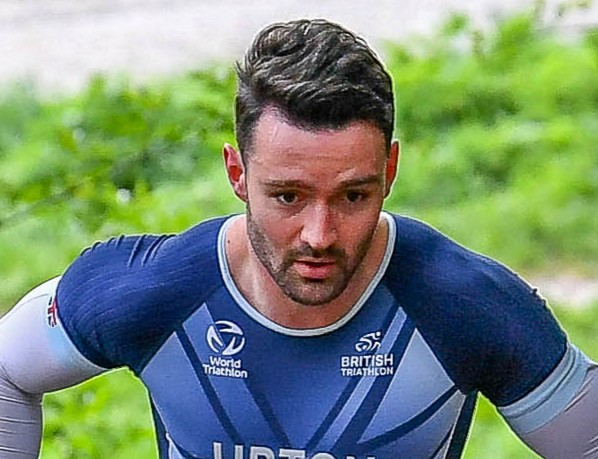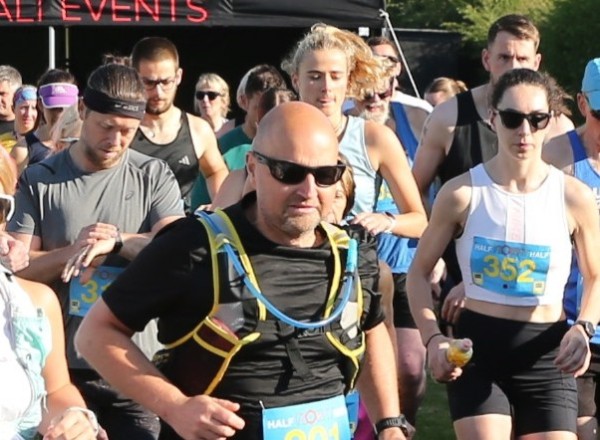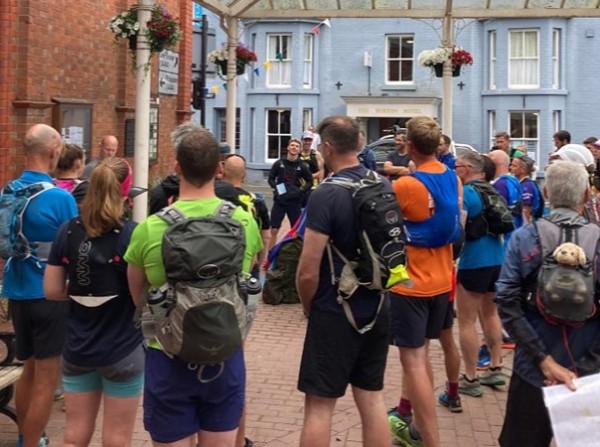Rest and Recovery
These two terms are quite often seen as interchangeable, but I would argue that they refer to two different parts of our training programme.
We covered rest when we looked at the article titled ‘should runners lift?’. Essentially, rest is the period of inactivity between sets of exercise within one session. Interval training, hill repeats, resistance training, sprints etc all contain periods of intense activity followed by periods of relative inactivity. These rest periods are designed to allow us to recover enough in the short term to allow us to push hard again within that training session.
Arguably, recovery is the most neglected part of most athletes’ training routine yet it is just as important as training and nutrition. Building adequate recovery time into your training schedule will help you meet your performance goals faster and help reduce your risk of injury.
So, what do we mean by recovery time? Recovery time is when we stop our bout of exercise or training and return to a recovered state. These rest periods are categorised into two types: short-term and long-term recovery.
Short-term recovery refers to the time directly after finishing exercise and is the most common form of recovery that happens within hours of an exercise, training session or finishing a competition. Whereas long-term recovery refers to longer periods of time, including days or even weeks built into a heavy seasonal training programme (periodisation plan).
Both short and long-term recovery can be broken down further into active recovery and inactive recovery. Active recovery involves light, low-intensity exercise in order to aid muscle repair and promote blood flow to allow nutrients and oxygen into the muscles and help remove toxins and activity by-products. Inactive recovery means just that, resting, doing nothing. It is often only reserved for when athletes are injured but should be an important part of any training schedule. The frequency of these recovery days depends upon the frequency and intensity of your exercise programme. Sleep is often overlooked but it enhances growth, muscle recovery and aids physical performance.
So as a guide if you are completing light cardio like walking, slow dancing or gentle swimming you probably won’t need rest days. However the more intense the activity becomes the more rest days you will need to take.
If you enjoy weight training it is ideal to use a ‘split routine’ so that you rotate the muscles worked each day to allow two days of recovery on each particular muscle group ie 1. Legs and shoulders 2. Back and biceps 3. Chest and triceps.
And as runners, we only want an all-out effort once a week. Try and involve some gentle active recovery runs, hill work or some other running or non-running cross training.
Work as hard at recovering as you do at running, and have fun!!
More Articles

Storm the Castle Duathlon: Conquering the Run Course
On Sunday, 18th May, the battle lines will be drawn as athletes take on the Storm the Castle Duathlon—a race that demands power, strategy, and a fair bit of grit! Whether…

The Ludlow Half Marathon: A Stunning Multi-Terrain Challenge in the Heart of Shropshire
After a fantastic debut last year, the Ludlow Half Marathon is back as part of the Ludlow10 event, taking place on Sunday 13th July 2025.

Join the Journey: Discover the Thrill of the Midsummer Mortimer Trail
The Midsummer Mortimer Trail offers a unique and relaxed race experience, combining physical challenge with the beauty of the countryside.

Mastering Transitions: How to Nail the Duathlon at Storm the Castle on May 18th
Transition is often the secret weapon that can either make or break your performance in a duathlon, and the upcoming Storm the Castle event on May 18th offers the perfect…
